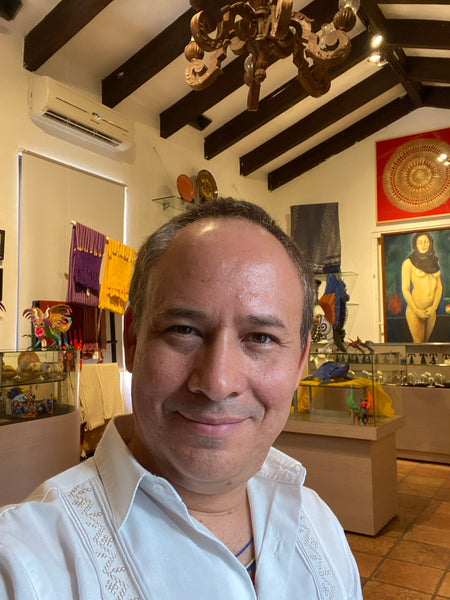Seri Indian is an ethnic group also known as Comcaac. They live at Mexico's northern state of Sonora. Until the second half of the XXth century, they used to be nomad. Their main activities are fishing, the collecting of fruits from plants of the desert and the manufacture of these supberb baskets.
Each basket has a deep religious meaning for the Seri indian. The craft of every piece is not simply the manufacture of an utilitary item, but mostly a ceremony plenty of rituals and magic.
To collect the materials, they must walk long distances trough the desert and carefully select the fibers from a plant named Torote. Then, they heat them in a bonfire and tear off the fibers with their tooth. The core of the basket is made with the stem of the torote plant and the rest with the fibers.
Once they have the fibers thorn, each is dyed with organic elements also picked up from the desert. The colours and are obtained as the folowing chart shows:
Black------------------Mezquite, mangle and chamizo negro roots.
Brown-----------------Cosahui Root.
Yellow------------------Xomeete flower.
To fix the color and keep bugs away from the basket, once dyed the fibers are soaked in sea water.
Women are the main weavers of these baskets. To sew each piece, a deer thorn is used as needle. they don't draw any previous design, they only use their imagination and ancient knowledge to create each pattern. While they weave, Seri people sing and pray. If the fiber creaks, it is interpreted as a bad sign and the work must stop and and a votive offering must be made. Only then, they can continue weaving.
In order to keep the right humidity conditions and avoid the extreme high temperatures of the desert, the work is mostly made before dawn.

0 comments